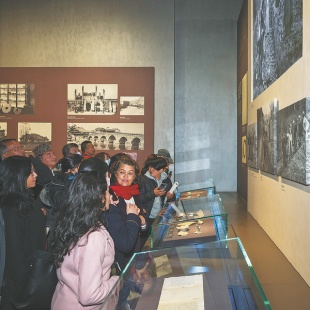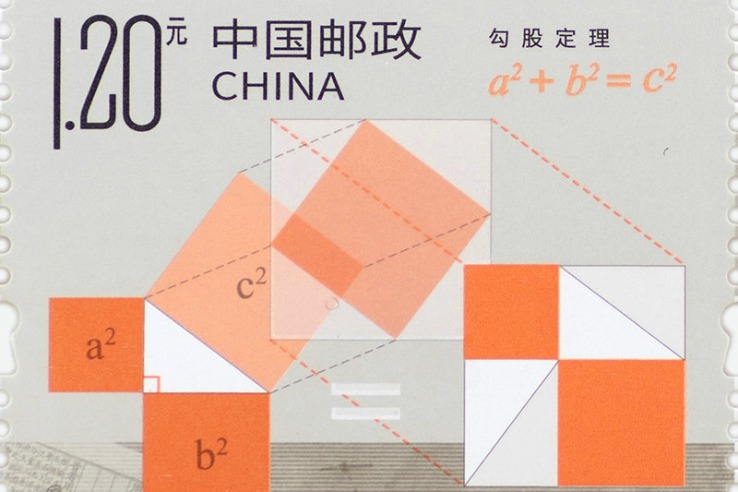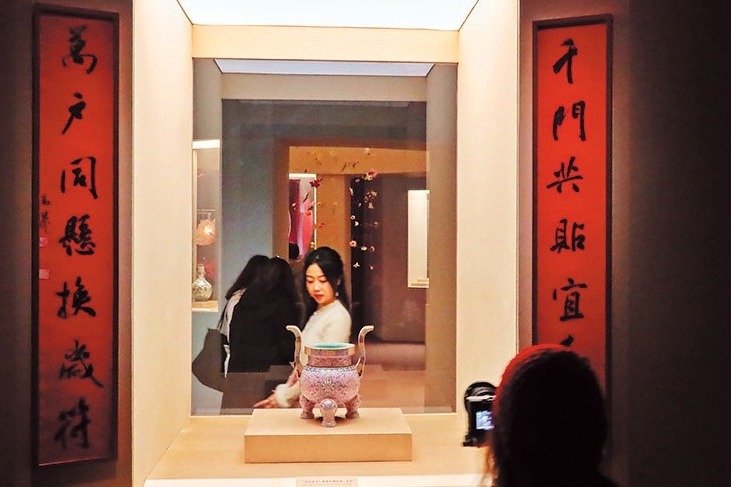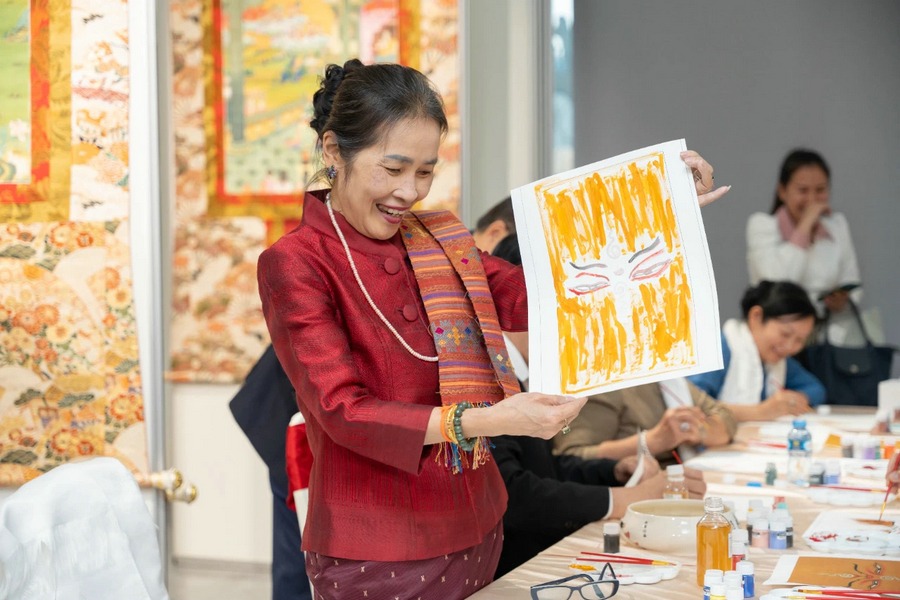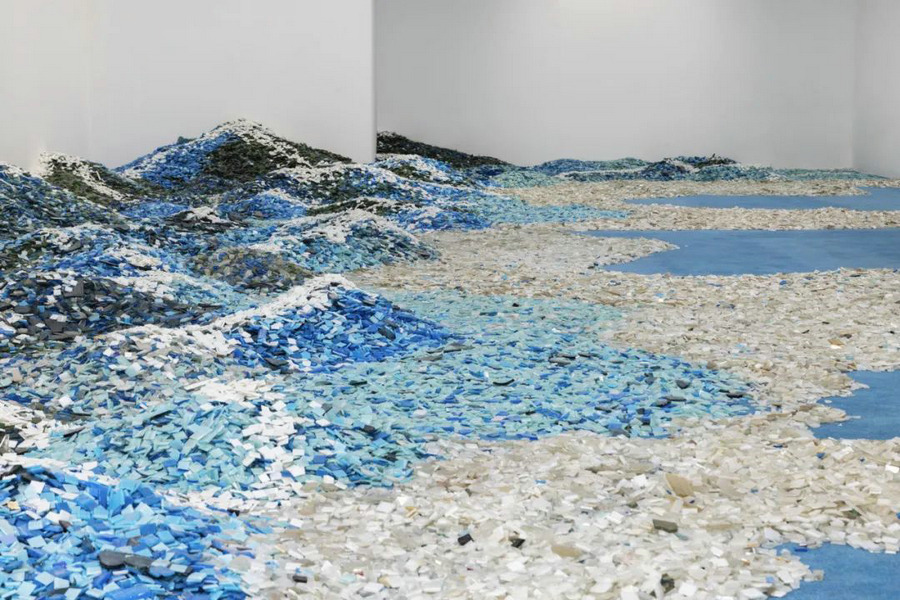Nepali group inspired by China's modern approach to preserving its past


CHENGDU — A delegation of the Nepali Congress party recently visited the Sanxingdui Museum in Guanghan, Sichuan province, where its members were impressed by the innovative use of advanced technologies for preservation and presentation.
In the museum's interactive experience hall, they found themselves immersed in the ancient Shu civilization centering on present-day Sichuan. Donning the traditional attire, elaborate hairstyles and ceremonial crowns of Sanxingdui, they briefly stepped into the ancient past.
What fascinated them even more, however, was the museum's extensive use of advanced technology in the excavation, restoration and preservation of artifacts. They were impressed by the way cutting-edge techniques, such as artificial intelligence and 3D scanning, have helped breathe life into long-lost civilizations, allowing ancient artifacts to tell their stories once again.
Many say that such technological integration has played a crucial role in the effective preservation and transmission of China's cultural heritage.
Believed to be the remnants of the ancient Shu civilization, the Sanxingdui Ruins open a window into a mysterious civilization that thrived more than 3,000 years ago.
For the delegation, witnessing the way technology is protecting and revitalizing cultural legacies left a profound and lasting impression.
Sujata Koirala, leader of the delegation, and former deputy prime minister and foreign minister of Nepal, says that she was impressed by the AI technology used to restore artifacts. "I believe that cultural heritage restoration empowered by new technologies will promote the development of cultural heritage protection," she says.
"This museum displays old masks and different instruments, and the way people lived thousands of years ago. It is quite an experience for me and my delegation. It reflects the culture, tradition, civilization and history of the Chinese people. I'm impressed," she adds.
This year marks the 70th anniversary of diplomatic relations between China and Nepal, and the delegation of the Nepali Congress party visited China at the invitation of the International Department of the Communist Party of China Central Committee.
China and Nepal share a deep-rooted friendship and have maintained close exchanges over the years, says a department official, noting the visit would enhance communication, foster people-to-people connection, and strengthen friendly cooperation between the two countries.
As well as the Sanxingdui Museum, the delegation also visited Mount Emei, a UNESCO World Heritage Site, where they gained more firsthand insight into China's deep commitment to preserving artifacts and heritage.
For Mahendra Nakarmi, chairman of the Nepal Jay Harati Maa Cinema, the mission to preserve cultural heritage is very relatable. Growing up as the son of a blacksmith, he inherited not just memories of his father's craft, but also the tangible remnants of his trade.
"When my father passed away, he left behind tools," Nakarmi says. "Although none of my siblings took up the trade, we preserved these tools as a family legacy. Similarly, a country must protect its cultural artifacts, as they are the inheritance of civilization."
Keshab Joshi, director of the Arunima College, says "Mount Emei in China reminds me of Lumbini in Nepal, also a world heritage site".
"Many people come to Mount Emei to pray for peace and prosperity, just as visitors to Lumbini do," Joshi adds. "This shows that people everywhere have similar aspirations and that we have much more in common than differences."
Koirala says the visit had given her a deeper appreciation of China's coordinated development of material and cultural civilization.
Preserving cultural heritage is no small feat. Nakarmi, who has dedicated much of his career to documenting Nepal's culture through film, understands the challenges. "First, the government must promote this," he says. "Then the people must be committed, and policies must be put to work."


